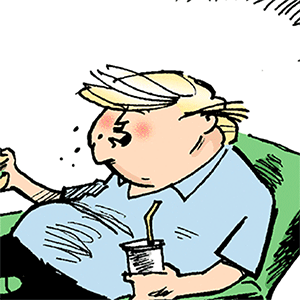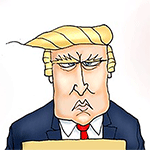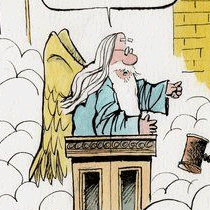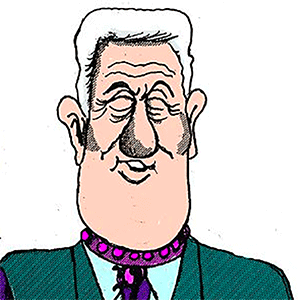COUNTERPOINT: Polls provide data that voters need for informed decisions
Published in Op Eds
With days before the 2024 election, pollsters are working overtime to determine the state of what appears to be a very tight race. Throughout modern history, polls have played an essential role in the election process, providing real-time information that helps voters and candidates. However, in recent years, polls have come under increased scrutiny mainly because they have failed to accurately measure the pulse of the nation.
Despite the vast majority of polls in 2016 and 2020 miscalculating voter sentiment, that does not mean that all polls are untrustworthy and, therefore, useless. A more nuanced view shows that polls that track issues instead of candidates are still meaningful.
For example, according to most polls heading into the 2024 general election, the top three issues are inflation/cost of living, illegal immigration and crime.
Information like this is helpful because it provides context for voters and candidates alike. Moreover, it can bring issues to the forefront of the political discourse that otherwise would not be highlighted. And, perhaps most important, polls like these provide much-needed feedback to the candidates so they can focus on the issues that matter most to voters.
Aside from polls that track specific issues, general polls that measure the popularity of candidates are still worthwhile. This is especially true in primaries, where several candidates, many unknown to the public, run in closely contested races. Polling that tracks where these candidates stand can provide valuable insights for potential voters, most of whom know very little about these would-be officeholders.
In recent years, research has emerged that shows pre-election polling is relevant across several fronts. According to a study entitled “Are Polls and Probabilities Self-Fulfilling Prophecies?” by Stanford University professor Neil Malhotra, some voters view polls as an insight into the “wisdom of the crowd.” By this, less-informed voters can at least have an idea of where the masses stand regarding the election, which could sway their vote one way or another.
As Malhotra notes, “Majorities can cascade, which is not good if we want to preserve minority rights or worry about herding. But we see that people are also looking for information and try to learn from the wisdom of crowds.” Moreover, “The main reason why people conform to majority opinion in the political domain is that they perceive there to be information about the quality of the policies in learning about mass support,” Malhotra concludes.
Professor Jouni Kuha of the London School of Economics and Political Science has also researched the effects of polls on peoples’ voting habits. Like Malhotra, he found that “polls act as a feedback mechanism which could affect parties’ policy choices, whereas nearer to an election, they are feedback mechanism on how the campaign is going.”
Kuha also cites the wisdom of crowds, or what he calls the “bandwagon effect.” He is also careful to point out that pollsters should not try to influence the electorate by jigging the polls in favor of their preferred candidate.
This is a problem that has become evident throughout the Donald Trump era. In 2016 and 2020, most polls were way off the mark, partly due to the phenomenon of the shy Trump voter but also because pollsters intentionally oversampled Democrats.
In those two elections, Trump was down significantly right up to Election Day, according to the overwhelming majority of polls routinely cited by the media. Interestingly, some pundits believe this was done deliberately to tamp down support for Trump while others claim it was nothing more than an accidental oversight.
This year, most of the polls have Trump and Harris in a close race at the national level and across the all-important swing states. Given this set of circumstances, I can’t help but wonder if the pollsters have learned their lesson after being so wrong the past two presidential elections or if we are in an enormous political realignment. Regardless, I will continue to pay close attention to the polls, particularly consolidated polling averages, which have tended to be the most accurate of late.
____
ABOUT THE WRITER
Chris Talgo is the editorial director at The Heartland Institute. He wrote this for InsideSources.com.
___
©2024 Tribune Content Agency, LLC




























































Comments